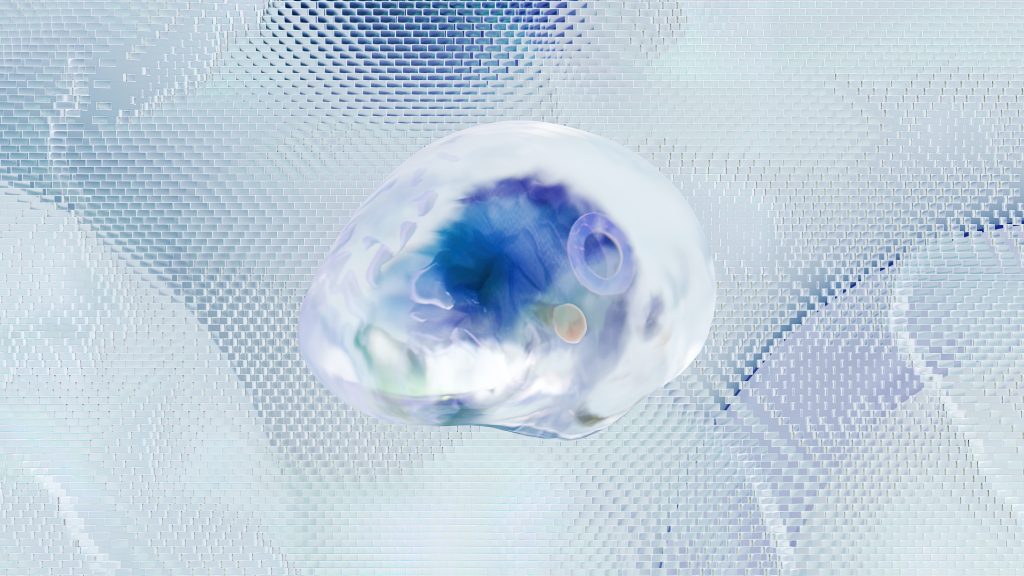In scientific exploration, two fields have emerged as frontrunners in pushing the boundaries of knowledge: quantum computing and neuroscience. Quantum computing, with its promise of exponential processing power, and neuroscience, with its quest to unravel the mysteries of the human brain, may seem worlds apart. However, the intersection of these fields has given rise to exciting possibilities and synergies that have the potential to revolutionize both disciplines. This is particularly the case in quantum neural networks (QNN).
A Lack of Surface Commonality
The fields of quantum computing and neuroscience couldn’t seem to be farther apart. “Starting with mainstream neuroscience, I don’t think quantum computing and neuroscience have much in common,” explained Dr. Christian Kerskens, a lead physicist and Associate Research Lecturer at Trinity College Dublin. “If you look at it broadly, there are some ideas around using neural networks in quantum computing as they are used in conventional computing. Elsewhere, there are thoughts that quantum computers could help simulate neuronal activity or be used for diagnostics.”
Broader connections between these two fields include things like quantum-inspired algorithms that could enhance the analysis of massive amounts of brain data, including functional magnetic resonance imaging (fMRI), electroencephalography (EEG), and single-cell sequencing data. By leveraging the strengths of quantum computing, these algorithms could unlock patterns and relationships in brain data that would be challenging for classical computers to reveal, aiding in the identification of biomarkers, disease diagnosis, and personalized treatment strategies.
A Question of Hardware
Dr. Kerskens, however, has his own thoughts on the connections between quantum computing and neuroscience. “I think the brain is using quantum computation,” he elaborated. “So, the real difference is that while in quantum computing, the hardware and programs are a known quantity, and the question is how to improve them. In brains, quantum computing programs are not yet understood and run on unknown hardware. So, neuroscience needs to develop an understanding of the hardware and programs. Once we understand this, new knowledge could be directly transferred into the developments of quantum computing, leading to new diagnostics, therapies, etc.”
To advance the understanding of the hardware, neuroscientists need to begin discussions and collaborations with quantum physicists. But currently, this is more difficult than it appears. Kerskens added: “There is little cross-pollination or conversation between the two fields. The field of physics has not yet acknowledged how much physics happens in the brain, and neuroscientists tend to be led by what is accepted knowledge within the physics community, which creates a knowledge disadvantage.”
Quantum Computing and Neuroscience in QNNs
One place to start collaborations between experts in these two fields is the research of quantum neural networks (QNNs). QNNs represent a fascinating convergence of quantum computing and neuroscience. These networks leverage the principles of quantum mechanics, such as quantum entanglement and superposition, to perform cognitive tasks and process information fundamentally differently than classical neural networks. QNNs hold the potential to unlock novel approaches to machine learning, pattern recognition, and decision-making while also shedding light on the fundamental principles underlying neural computation. Furthermore, insights gained from QNNs could inspire new hypotheses and theories in neuroscience, deepening our understanding of the brain’s computational capabilities.
While QNNs don’t focus on the hardware, as Kerskens highlighted, they may offer unique opportunities for quantum computing companies, organizations, and neuroscientists to learn more about each other’s discipline. From there, perhaps further relationships and connections can blossom, eventually reaching the point where hardware may be addressed. While there are some initial discussions about the intersections between quantum computing and neuroscience, the early stages of quantum computing may make further conversations constrained until the technology is more developed.
Kenna Hughes-Castleberry is a staff writer at Inside Quantum Technology and the Science Communicator at JILA (a partnership between the University of Colorado Boulder and NIST). Her writing beats include deep tech, quantum computing, and AI. Her work has been featured in Scientific American, New Scientist, Discover Magazine, Ars Technica, and more.
